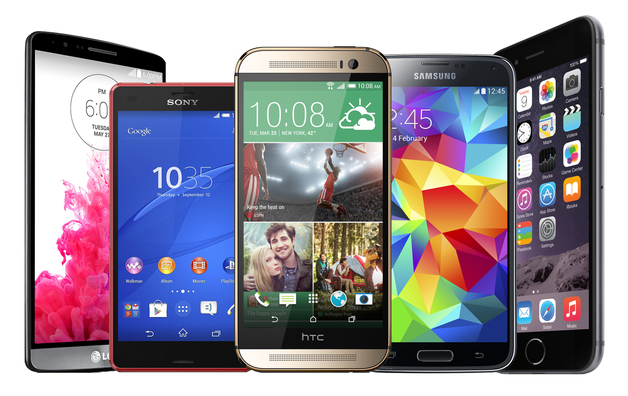Smartphones have been around for almost a decade. During this time, their hardware has continued to improve, and their screens have continued to grow. Compared to the first iPhone model, today’s smartphones are incredibly powerful. The iPhone released in 2007 had a 412 MHz CPU, 128MB RAM, 4 to 16 GB of storage space, and a 3.5″ screen. The iPhone 6S Plus has a screen that’s almost twice as large, a dual-core CPU that’s four times as fast (per core) than the first generation, 16 times as much RAM, and 16 to 128 GB of storage space as the first generation. Hardware-wise there’s not much to improve (the next generation might have more processing cores, and a faster GPU, but nothing revolutionary).

Today’s smartphones are much more powerful than the supercomputers of the 1980s – and these were used to control space flight. Today’s smartphones are capable of connecting us to people half a world away, to run any game from the ones you can play at Canadian online casinos to console-grade titles with amazing graphics and lots of action, and they can store tens of thousands of photos, almost 20,000 songs, and hours of high definition video on their built-in drives. Still, the question remains: what can smartphone manufacturers improve on these handsets to make them appealing to the users?
The next big thing might not be a phone at all
If you take a look at the sales data from this year, you’ll see that the improvements in the new generation of flagships have failed to attract as much enthusiasm as any of the previous ones. A slightly faster CPU, a larger storage space, a better camera, or even a faster GPU are not enough to determine today’s buyer to switch last year’s flagship to a new one this year. Most smartphones released this year come with only minor improvements compared to last year, far from being enough to convince users to buy them – especially if they already own last year’s model. And the major manufacturers are feeling this already – their sales are dipping, and so do their revenues. To really captivate the users, they will have to show them something truly new from now on.
Some specialists believe that the next best thing will not be phones, but an improved user experience.
Many companies on the global mobile communications market are experimenting with smart accessories that are not phones at all. The list includes “smart jewelry”, combining high-tech with style – necklaces with small microphones that can take verbal commands or digital personal assistants that can do the same on desktop, mobile, and dedicated devices as well (see Amazon’s Echo would be the best example).
The future of mobile communication is not in a pocket-sized device that can run amazing games, download incredibly fast, and store more hours of music or videos – but a device that will offer a much better experience to the user.
Leave a Reply